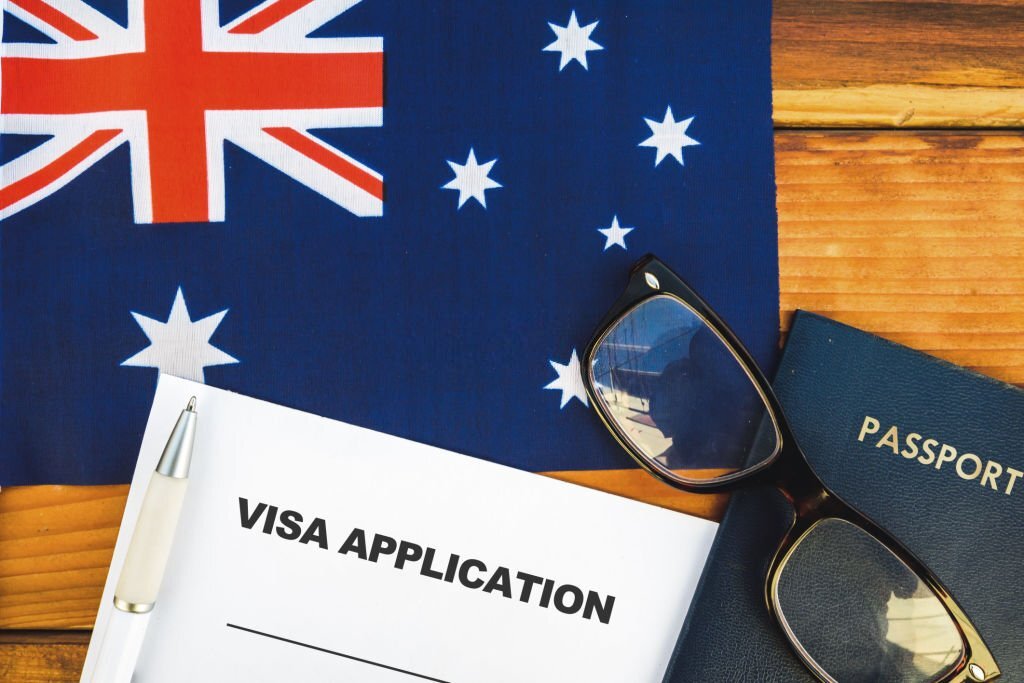Australia, known for its diverse landscapes, vibrant cities, and high quality of life, has always been an attractive destination for migrants seeking new opportunities. In a rapidly changing global landscape, Australia has recently introduced a forward-thinking migration strategy that aims to meet the country’s evolving economic and demographic needs. This blog explores the key components of Australia’s new migration strategy and the potential impact on individuals and the nation as a whole.
Skilled temporary visas
A new three tiered system of visa pathways to replace the TSS SC 482. The ‘essential skills’ visa for those earning under $70,000, the ‘core skills’ visa for the $70-135,000 cohort and the ‘specialist skills‘ visa for those earning over $135,000 per year.
- The specialist skills visa pathway will not have an occupational list and a processing turnaround of 7 days. Trades occupations, machinery operators, drivers and labourers will be excluded from this visa class. There will be 3,000 places allocated per year.
- The core skills visas pathway are expected to provide the majority of visa for the program. Trades workers will be required to apply under this visa based on a revised ‘skills in demand list’ developed by Jobs and Skills Australia.
- The details of the essential skills visa pathway are yet to be finally determined. This visa will involve union oversight, be capped and be restricted to specific sectors. To date the aged care and disability sectors have been mentioned.
The visas will be granted for up to 4 years and visa holders will be able to change employers more easily and provide clear pathways to permanent residency. The ‘TSMIT’ will be indexed annually and a public register of employer sponsors to allow more ease with moving between employers.
Temporary Graduate Visas
There will be considerable change to these visas as they become more targeted towards international graduates with skills required by Australian employers, including:
- reducing the length of stay for these international graduates
- preventing holders of the new graduate visas from moving back onto student visas
- preventing the stay of International graduates without skills in demand from remaining in Australia.
- reducing the age eligibility from 50 to 35 years of age
- increased English language levels for temporary graduate visas
Student visas
There will be significant changes to the student visa program, although the number of places will not be capped. Instead other migration levers will be used to control numbers, including;
- higher English language levels for student visa applicants
- reducing the types of courses eligible for student visas with the focus on retaining tertiary university courses
- preventing course swapping
- increased funding for visa integrity and to identify the ‘genuine student test’.
Certain parts of the strategy are still to be finalised after further consultation as recommended by the Parkinson review. Please contact us for any further information.



